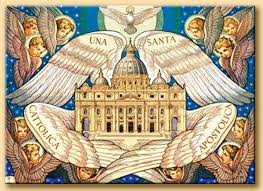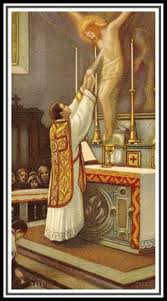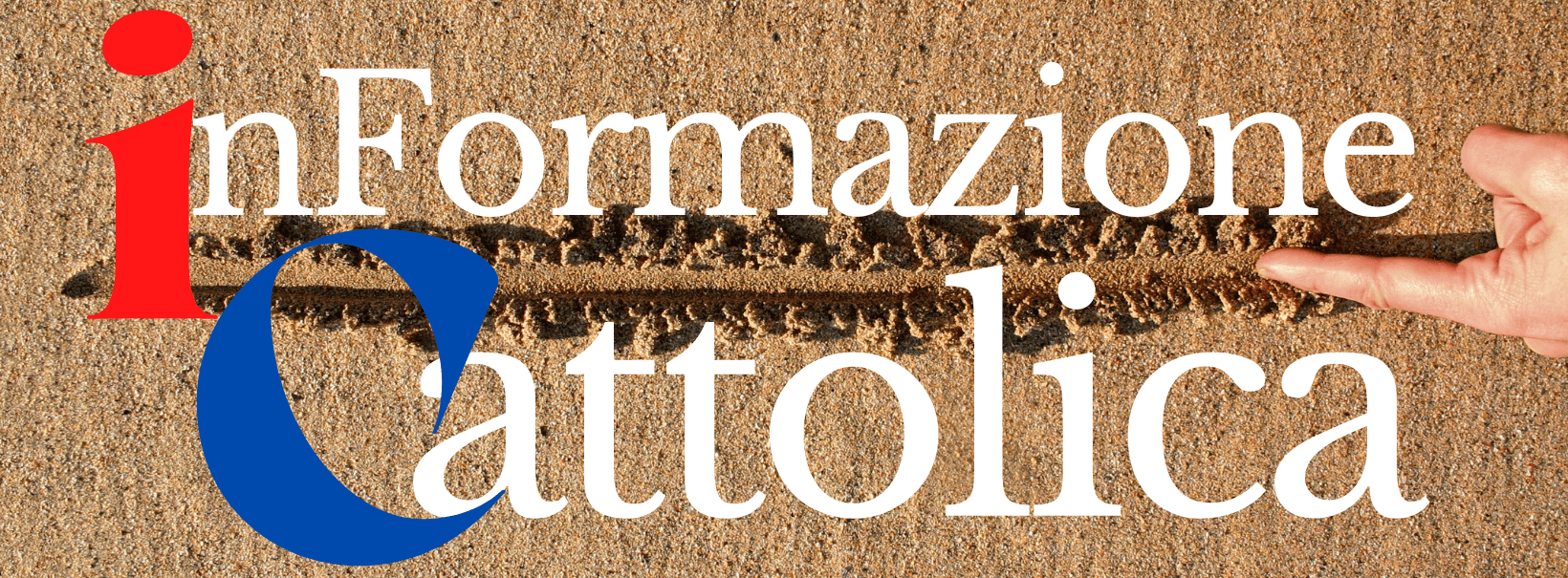Most Rev. Giampaolo Crepaldi
The influence of Catholicism on western civilization is often interpreted in a reductive manner in the sense of thinking it is nothing more than influence alone. That is tantamount to arguing that Catholicism had an influence on western civilization with its works of charity, art and literature, social networks bearing the imprint of religion, and the coronation of sovereigns, etc.
What it means is that a dogma always has an historical and real content, and cannot be relegated to the realms of either abstraction or myth. Dogma nourishes the Church, and the Church is the Body of Christ in history, the Body that remains in eternity[1]. Between dogma and Body there is an inseparable unity, and therefore dogma is not present only in the conscience of believers, but by its selfsame nature becomes history, and hence civilization. This is the realism of the Christian faith, and the Catholic faith in particular.
The Church moulded western Christian civilization with its dogmas defined in its dogmatic Councils. Prevailing nowadays is a general underrating of the importance of doctrine in the life of the Church and an emphasis on pastoral praxis, with the risk of the latter overshadowing the former. In this regard I would like to dwell on two examples taken from history itself. The first has to do with Gnosis. The condemnation of Arianism and the definition of the human and divine nature of Jesus Christ contradicted Gnosis, the expression of Hellenistic rationalism.
It was a lengthy process that also involved other Councils and the works of great Fathers and Doctors of the Church. The war has yet to be won since alongside the Gnosis of the early Christian centuries there is an “eternal Gnosis”. Nonetheless, the battle waged against Gnosis by Christian dogma has preserved human civilization from the catastrophes of Catharism, the refusal and concurrent exaltation of matter, the destruction of matrimony and the family, and the refusal of political authority. It has produced the civilized fruits of the just consideration of evil and suffering, and has defended against nihilism.
The defence of the Old Testament against Gnostic attacks made it possible to preserve the positive vision of creation and the historical social dimension of the Christian faith. The baptism of children, prayers for the deceased, priestly celibacy, the cult of images: how many benefits accrued to western civilization by features such as these, all of which would have been eliminated if Gnosis had prevailed!
What damage would have been caused by pauperism, pacifism and Gnostic-type radical purism if they had been able to spread in an unbridled manner! When commenting on the battle of Muret on 13 September 1213 when Simon de Montfort, after attending the Mass celebrated by St. Dominic, led one thousand soldiers in a rout of the 40,000 man strong Aragonese army supporting the Albigensians, Jean Guitton remarked: “Muret is one of the decisive battles where at stake was the outcome of an entire civilization. Strangely enough, most historians overlook this fact” [2].
The second example concerns Pious IX and the proclamation of the dogma of the Immaculate Conception of Mary. The definition of this dogma issued forth from a theological reading of the events of the liberal revolution. In the mind of Pious IX all contemporary errors were generated by the negation of original sin and hence the incompatibility between God and sin.
The ultimate aim of life had to be the progress of man and the world; modern man had to become autonomous and self-sufficient, liberating himself from the Church’s protection; religion only served the purposes of civil progress and had to be subordinate to it. Once original sin is denied, however, there is no longer any place for Christ, the Church and grace.
In the face of the onslaught of things so violently emerging on the scene during his time Pious IX wanted to reiterate the incompatibility between God and the sinfulness of the world, as well as the fact that the ultimate aim of the world and history is not the celebration of human progress, but the glory of God. And this he did by proclaiming the dogma of the Immaculate Conception of Mary, “glorious victor over heresies”.
The violent events Pious IX had to witness tended to emancipate the natural order from the supernatural one. He was of the opinion that it was not possible to reach a compromise with this project, not possible to “Catholicise” it. Therefore the genesis of the encyclical Quanta cura and the Sillabo, which are not to be separated from the profound theological significance of the proclamation of the dogma of the Immaculate Conception, but rather viewed together with Vatican Council I as Pious IX’s response to modern sin. Not by chance did all three events transpire on 8 December: the proclamation of the dogma in 1854, the encyclical Quanta cura and the Sillabo in 1864, and the opening of Vatican I in 1869 [3].
Dogmas were building stones in the construction of western civilization. Dogma was the principal source of strength for contrasting the west’s apostasy from Christianity; also because this apostasy had become dogmatic.
[1] J. Ratzinger, Fede Verità Tolleranza. Il cristianesimo e le religioni del mondo cit., pg. 74.
[2] J. Guitton, Il Cristo dilacerato. Crisi e concili nella storia, Cantagalli, Siena 2002, p. 166.
[3] Cf R. de Mattei, Pio IX e la rivoluzione italiana, Cantagalli, Siena 2012





